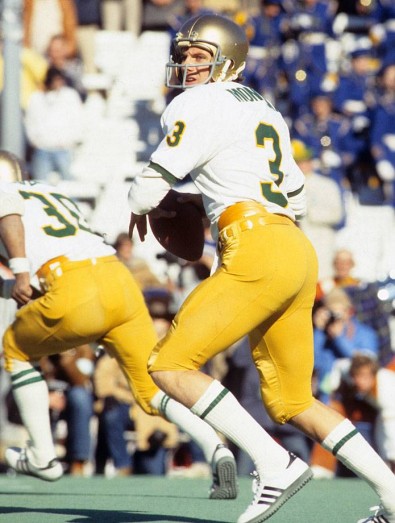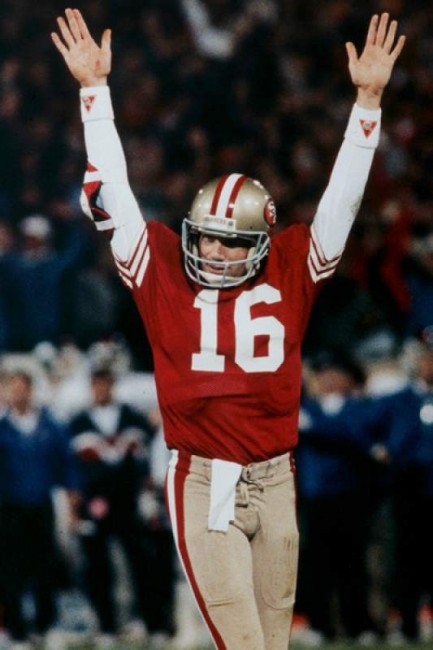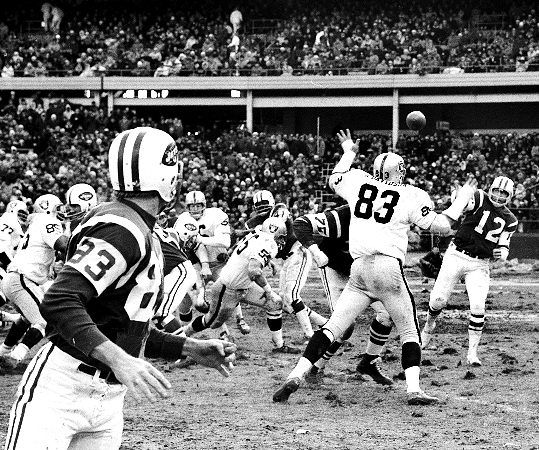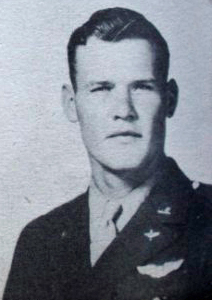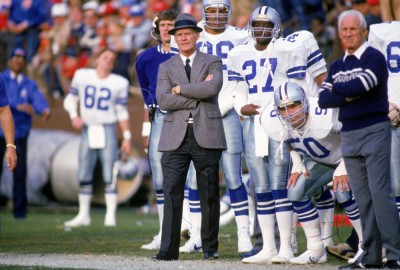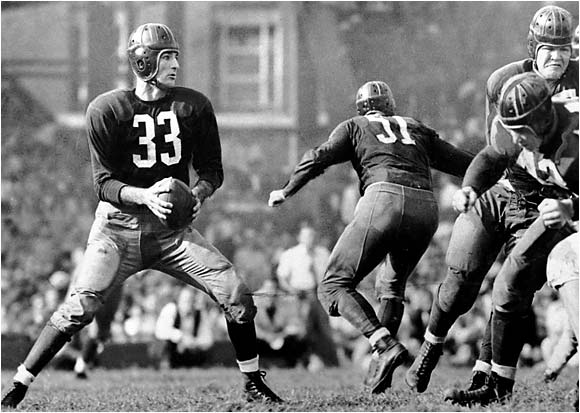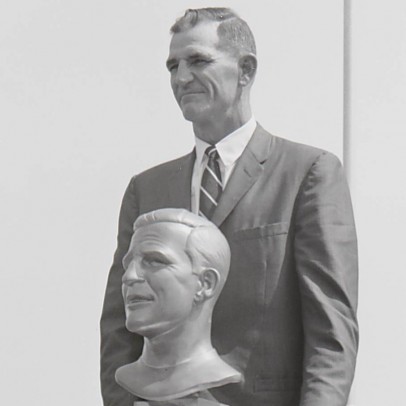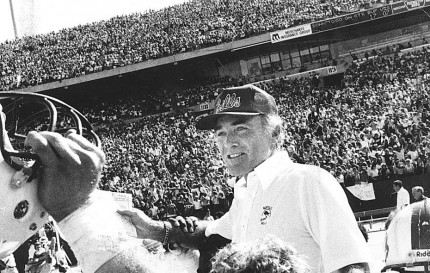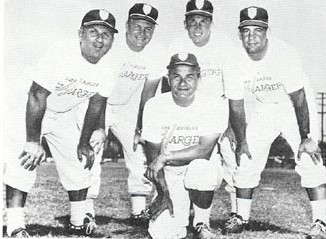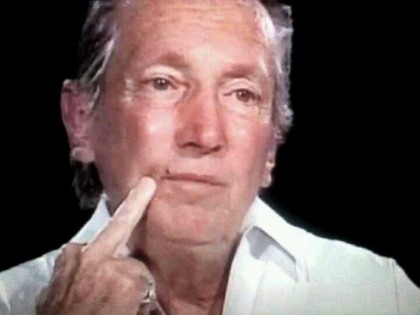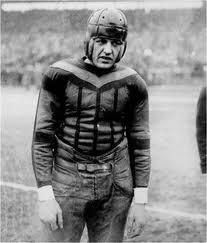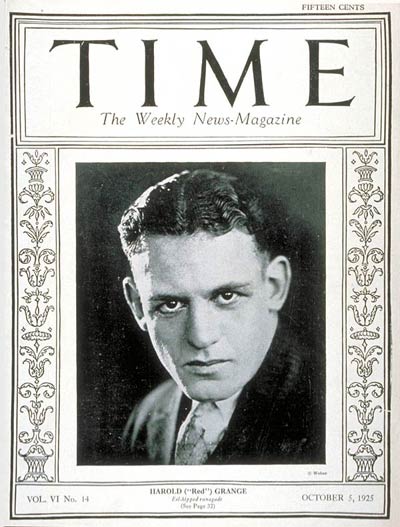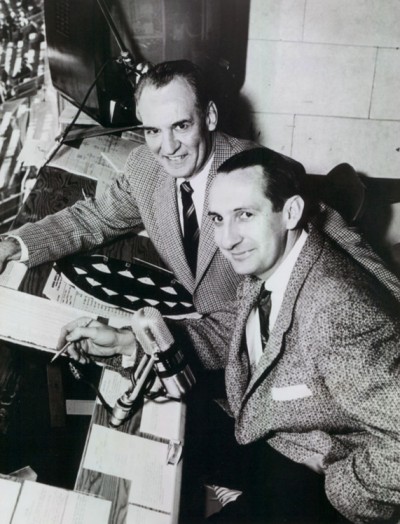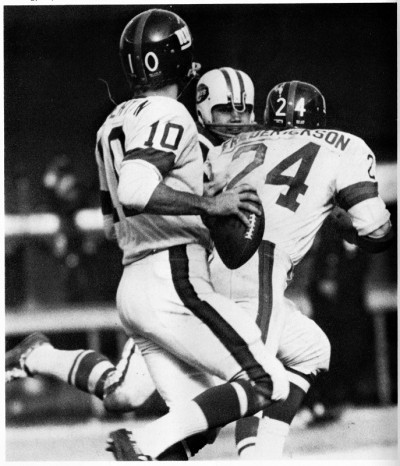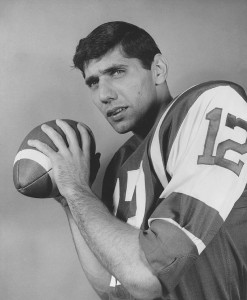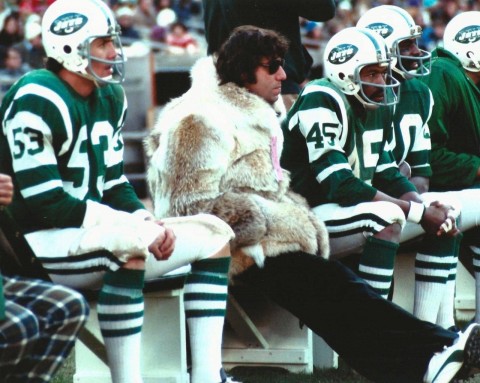It’s been a regular practice in the long history of the National Football League to crown the “Team of The Decade” for each ten year period of the league’s existence. With it’s celebration of the 100th season this year, there’s no better time to rate those teams than now, as the tenth decade of play closes out soon. We might as well start this feature by crowning the New England Patriots as the team of both the 2000s and the 2010s, the “Team of The New Millenium” if you will. They have dominated pro football for almost 20 years and have won 6 Super Bowls since 2000, 3 in each decade. With coach Bill Belichick and quarterback Tom Brady showing no signs of slowing down, there’s no telling how much further into the millennium they will continue to own the NFL.
Going back to the league’s origins in the 1920s, the NFL actually didn’t stage a championship game at the end of each season, instead just considering whichever team was best in the regular season as the champ. By that standard, the Canton Bulldogs would have to be considered the team of the 1920s. They had the best record, and were therefore crowned champions, in 1922 and 1923. In 1924 the team was purchased by Sam Deutsch, who owned the NFL’s Cleveland Indians franchise. He took the Canton players and their name and they became the Cleveland Bulldogs, and had the best record for a third straight year to claim another title. In 1929, the NFL’s best team was the Green Bay Packers. They would go on to become the “Team of The Decade” for the 1930s, winning 4 more championships in that decade under Curley Lambeau. The Chicago Bears and New York Giants made a case for consideration with a pair of titles each, but the Packers were clearly the dominant franchise. The Bears, under league co-founder George “Papa Bear” Halas, overtook Green Bay in the next decade, winning 4 championships in the 1940s. It was in this dominant decade that the Bears earned their “Monsters of The Midway” nickname.
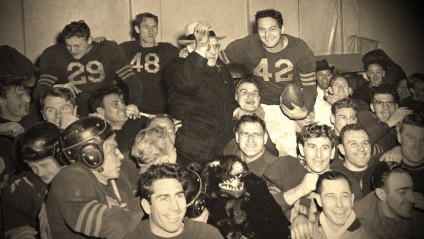
Halas, 1940s Bears, including a Bear mascot, celebrate a title
The 1950s are the most difficult decade to pick a dominant team from. The Cleveland Browns are generally considered to be the “Team of The Decade” for that era, as they appeared in 7 consecutive title games after being absorbed into the NFL from the All America Football Conference in 1950. Paul Brown’s teams won 3 of those games, behind the quarterback play of the great Otto Graham. However, the Detroit Lions could stake a legitimate claim to the title also. With swashbuckling quarterback Bobby Layne leading the way, they won 3 championships in the decade too, and all 3 wins were over the Browns. The Baltimore Colts, with emerging star John Unitas, ended the decade with back-to-back championship game wins in 1958 and ’59, with the ’59 sudden death overtime win over the New York Giants being considered “The Greatest Game Ever Played”. There’s no argument over who was the “Team of The Decade” for the 1960s. It was the era of Vince Lombardi’s Green Bay Packers. He transformed the moribund Packer franchise into winners in the late ’50s and they qualified for the title game in 1960, only to lose to the Philadelphia Eagles. He told his team in the locker room afterwards that “this will never happen to us again” and was true to his word. The Packers, with legendary players like Bart Starr, Jim Taylor, Paul Hornung, Herb Adderley, Dave Robinson, Forrest Gregg and Ray Nitschke, won 5 championships over the next 7 years, including wins in the first 2 Super Bowls. Lombardi was such a powerful, dominant figure of the era that when he passed away of cancer in 1970, the Super Bowl trophy was named in his honor.
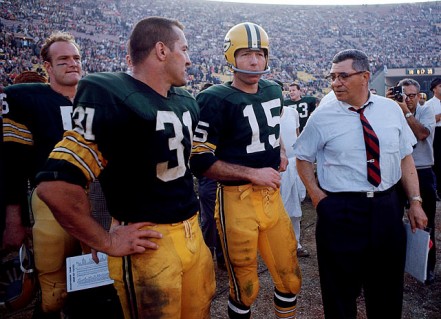
1960s Packers, from left-Hornung, Taylor, Starr, coach Lombardi (Sports Illustrated photo)
Entering the 1970s, it looked like Don Shula’s Miami Dolphins would dominate the decade as they appeared in 3 straight Super Bowls, winning 2 of them including a perfect 17-0 season in 1972. However, Chuck Noll’s Pittsburgh Steelers stole their thunder the rest of the decade, claiming a total of 4 championships in a 6 year span. Those teams won with their “Steel Curtain” defense, some hard running from Franco Harris and a passing attack engineered by Terry Bradshaw and a pair of Hall of Fame receivers, Lynn Swann and John Stallworth. In the 1980s, the Washington Redskins and the Raiders, playing in Oakland and then relocating to Los Angeles, won a pair of Super Bowls each, but neither could match the mastery of the San Francisco 49ers, easily the “Team of The Decade”. Behind the genius of coach Bill Walsh and the confident play of quarterback Joe Montana, the Niners won 4 titles, the last one with George Siefert as coach. Walsh’s “West Coast” offense was the force that drove those teams, with Montana spreading the ball around to Jerry Rice, Dwight Clark, Roger Craig and others, but their defense was also strong, led by players like Ronnie Lott, Keena Turner and Fred Dean.
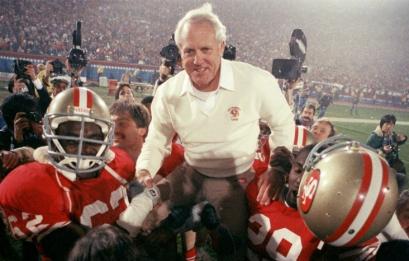
The late Bill Walsh, architect of the “Team of The Decade” for the 1980s
Finally, the 1990s brought back into prominence a team that had been a force for over 20 years in the 1960s and ’70s, the Dallas Cowboys. After the man who built the franchise into a powerhouse, Tom Landry, was fired, Jimmy Johnson took the reins and guided the Cowboys to a pair of championships in the ’90s. Johnson left the club but when Barry Switzer led them to a third Super Bowl win in 1995, they became the dominant team of the era and earned the crown as the “Team of The Decade” for the 1990s. The Buffalo Bills accomplished a feat still unmatched when they qualified for four consecutive Super Bowls, but losing all 4 removed them from the conversation as the best of the decade, especially since 2 of the title game losses were to the Cowboys.
